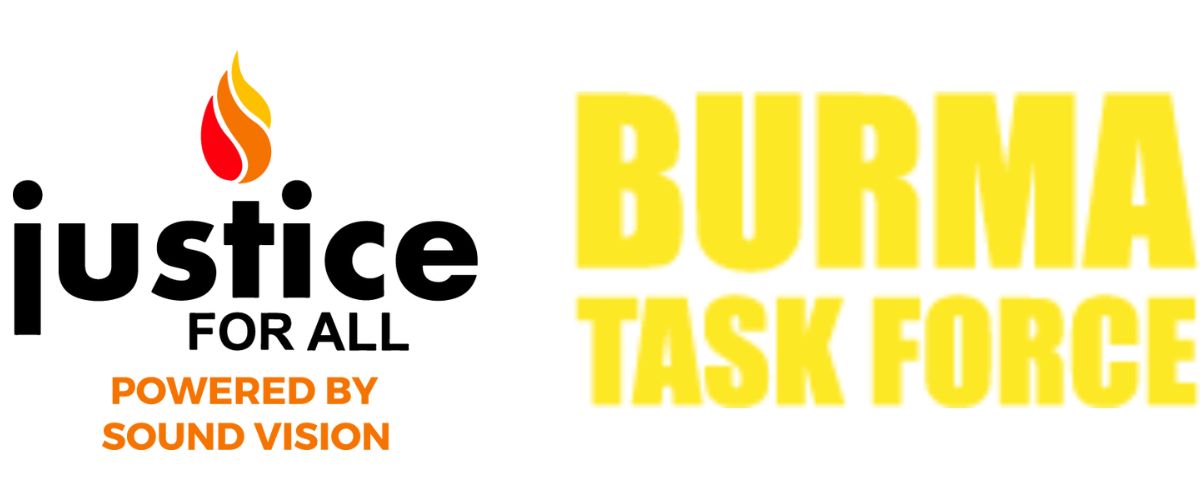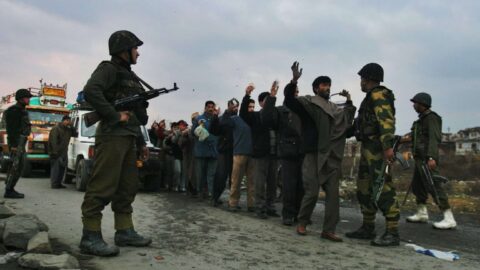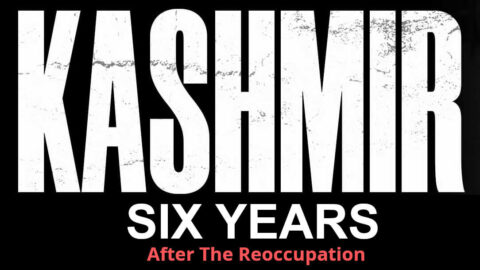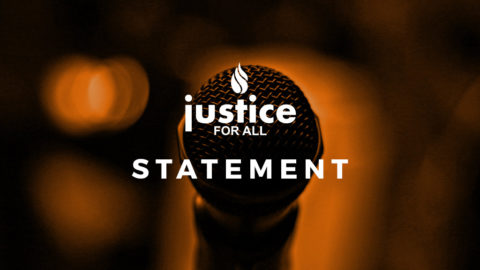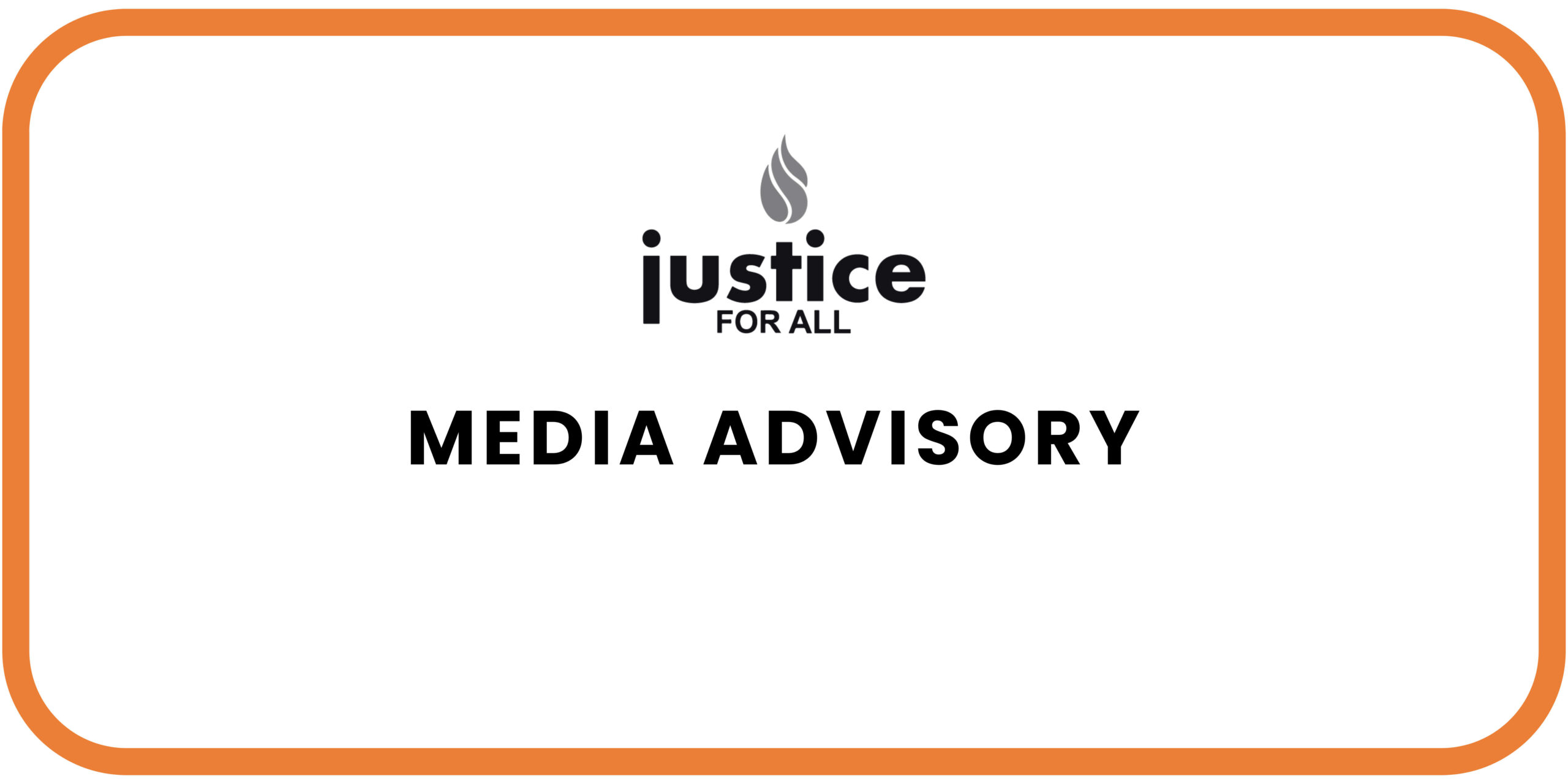
Guidance for Journalists: Ethical Coverage of the Pahalgam Attack and Escalating Repression in Indian-Occupied Kashmir
MEDIA ADVISORY
For Immediate Release
Justice For All | Kashmir Action
media@justiceforall.org
May 2, 2025
Guidance for Journalists: Ethical Coverage of the Pahalgam Attack and Escalating Repression in Indian-Occupied Kashmir
To Editors and Reporters,
Justice For All urges newsrooms to approach the recent Pahalgam attack and the subsequent crackdown in Indian-occupied Kashmir with accuracy, balance, and responsibility. As a leading human rights and anti-genocide organization advocating for the rights of Kashmiris, we are deeply concerned by the surge in misleading coverage that erases historical context, amplifies state narratives, and sidelines Kashmiri voices.
The attack on April 22,2025 in the Pahalgam area, was immediately weaponized by Indian authorities to justify sweeping repression against the civilian population. Journalists must not allow violent incidents to be used as blanket justification for collective punishment, nor should they amplify unverified allegations that inflame tensions or serve a political agenda.
Key Considerations for Responsible Coverage
1. Contextualize the Conflict
- Kashmir is a UN-recognized disputed territory. India’s August 5, 2019 revocation of Article 370 was not a normalization but a military annexation that triggered one of the longest sieges in modern history.
- Repression in the region has included mass arrests, media blackouts, enforced disappearances, gang rapes, and torture. Over 94,000 people have been killed since 1989, including civilians and political activists.
2. Do Not Conflate Protest With Terrorism
- State-aligned narratives often blur the line between dissent and terrorism. The use of terms like “militants” or “terrorists” to describe all actors opposing India’s occupation delegitimizes legitimate resistance movements and criminalizes entire communities.
- Journalists should avoid adopting such language uncritically and instead seek independent verification and use neutral terminology unless formally substantiated.
3. Avoid Anti-Muslim and Anti-Kashmiri Framing
- Coverage that implies collective guilt or frames Kashmiris as inherently violent contributes to dangerous Islamophobic tropes.
- Reporters must be cautious not to feed a narrative that treats Kashmiri identity itself as a threat.
4. Cover the State Response With Equal Scrutiny
- In response to the attack, Indian forces carried out large-scale cordon-and-search operations (CASOs), leading to mass detentions, road closures, harassment of civilians, and reported beatings.
- These actions violate both Indian constitutional protections and international human rights law. Journalists should cover state violence and abuses with the same urgency as any militant attack.
5. Prioritize Kashmiri Civilian Testimony
While ground reporting by foreign journalists is not entirely impossible, the current environment in Kashmir poses substantial obstacles for foreign journalists. The combination of permit requirements, visa challenges, and a restrictive media landscape makes it exceedingly difficult for international media to operate freely and provide independent coverage of events in the region.
- Reporting must center the lived experiences of Kashmiris, especially those subjected to violence, surveillance, and censorship. This includes interviewing local residents, civil society organizations, and human rights defenders.
- Avoid overreliance on government or security force sources, which often lack transparency and operate with impunity.
6. Recognize the Information Blackout
- Kashmir’s media remains under siege. Journalists working in the region face censorship, surveillance, threats, and criminal charges. This restricts the flow of verified information.
- National and international journalists must acknowledge these limitations and work in solidarity with independent Kashmiri media wherever possible.
7. Use Verified Human Rights Sources
- Reputable human rights organizations such as JKCCS, APDP, Amnesty International, and UN human rights offices have documented widespread violations. Incorporating these findings strengthens the factual basis of reporting.
- The UN High Commissioner for Human Rights has repeatedly called for unfettered access to Kashmir, a request India continues to deny.
Crisis in Press Freedom: What Journalists Must Know
Following the Pahalgam attack, Kashmiri journalists face sweeping restrictions. Authorities have barred live coverage of gun battles and protest sites, limiting access and suppressing oversight.
Independent outlets like The Kashmir Walla have been forcibly shut down since 2023, and journalists such as Fahad Shah arrested under anti-terror laws. Prominent critics like Arundhati Roy face renewed prosecution, while platforms like X (formerly Twitter) have removed over a million posts on Kashmir.
Foreign journalists are largely barred from accessing the region due to visa restrictions and permit denials. As a result, global reporting on Kashmir is heavily filtered through state narratives or based on limited sources.
These moves signal an alarming erosion of press freedom. Reporters must challenge censorship, amplify Kashmiri voices, and avoid uncritically repeating official narratives.
Kashmir is not simply a security story—it is a human rights emergency. Misrepresentation, omission, or biased reporting can actively contribute to state violence and further the silencing of an oppressed people. We urge all journalists to report with historical literacy, ethical clarity, and a commitment to truth.
For access to human rights experts, Kashmiri voices, or further context, please contact Justice For All.
media@justiceforall.org
